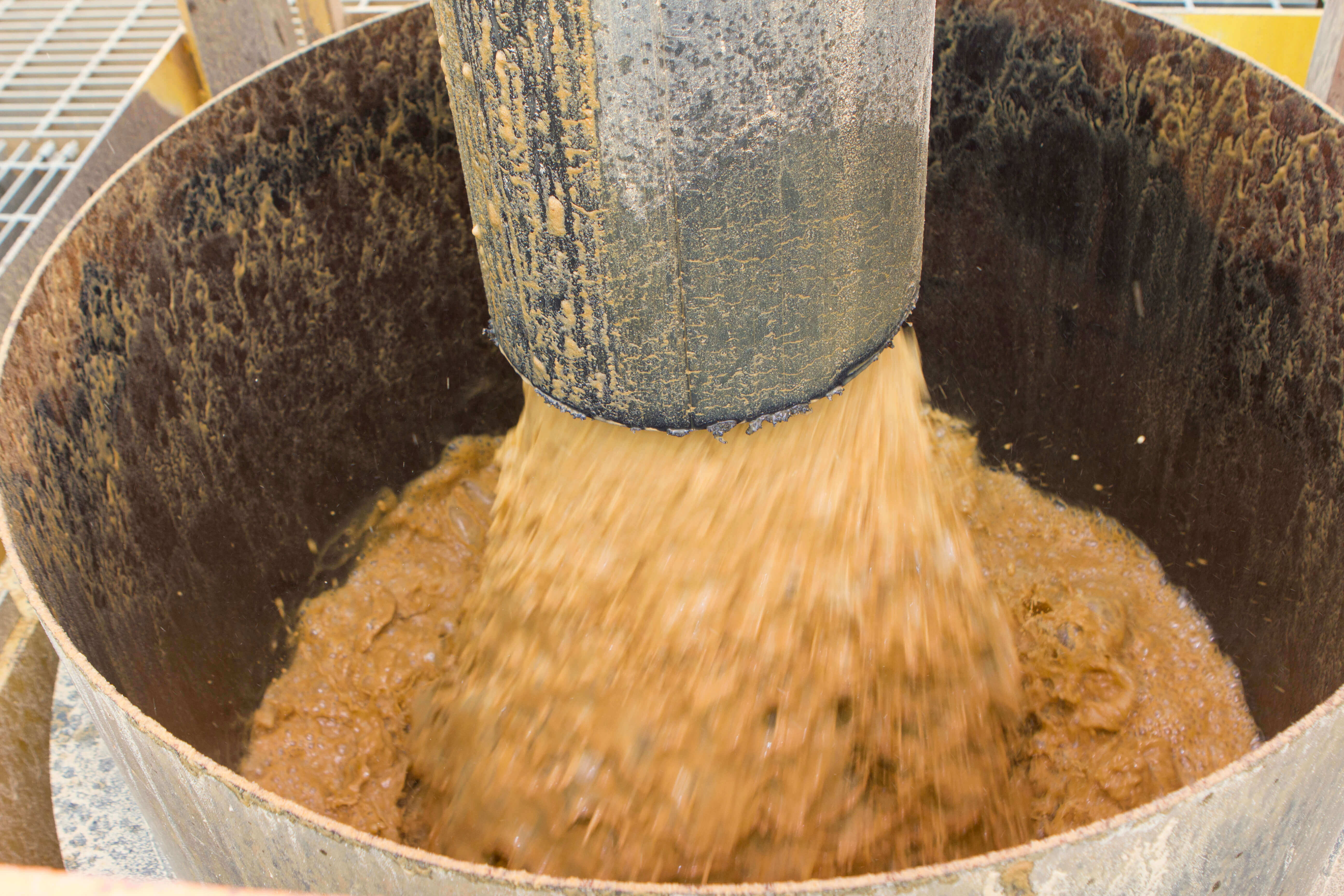Dewatering most often occurs through processes such as wet classification, centrifugation, filtration or similar liquid-solid separation processes. McLanahan offers a broad range of dewatering equipment that uses these methods to process sands, coal, pulp and paper, concrete and other minerals and materials in the mining industry, as well as for dewatering stall bedding in the dairy industry.
Adding dewatering equipment into the wet processing plant can remove moisture from the final product, while capturing minute particles in the wastewater. Dewatering equipment produces a drier material, and the water removed from the product can be recycled back to into the processing plant. The goal with dewatering is to produce the driest possible solids and the cleanest possible filtrate.
Removing moisture from the material has several other benefits in addition to creating dry, solid cakes and reusable process water. First, dewatered material is easy to handle and less expensive to transport. Second, dewatered material reduces stockpile drying time, which frees up land space on your site. Finally, using dewatering equipment to remove moisture from a particle-laden slurry at the final stage of the wet processing plant can reduce the amount of material that is destined for the settling pond. Because of this, in some cases dewatering equipment can help reduce or potentially eliminate the need for a settling pond.
With McLanahan’s dewatering solutions, mineral producers can achieve drier, easier-to-handle solids and clean, reusable process water.




